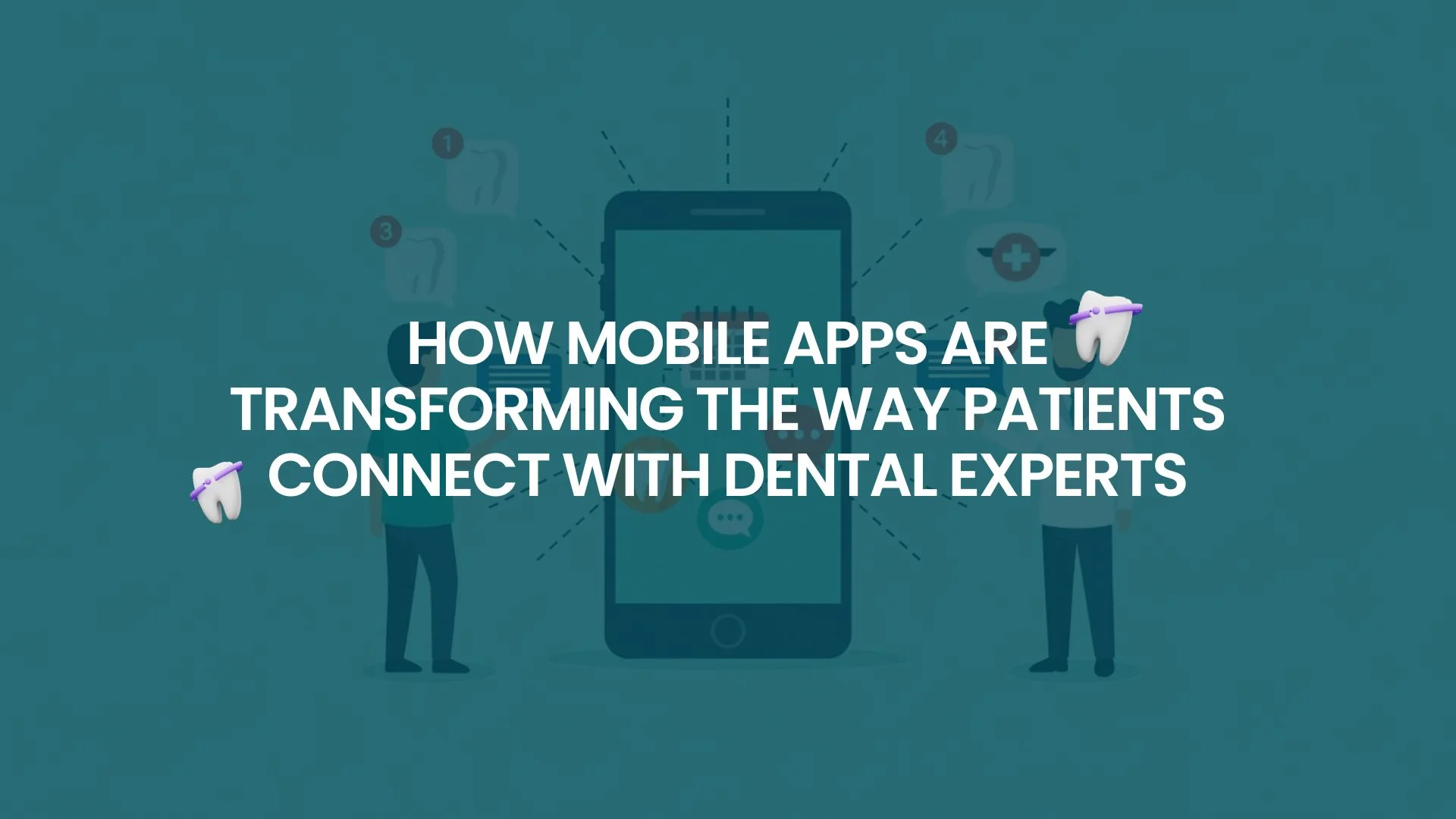The words market research may seem general or vast. However, these are two words that are very important for your app’s success. The process of mobile app market research won’t just help you understand your market. It will also help you deliver a seamless app by understanding what the current market and what your target audience needs.
It is of great importance that you carry out thorough mobile app market research to ensure that your product stands out by aligning to your potential user needs. This is a process that requires and involves a systematic and strategic approach. One that you take a few steps to achieve.
These steps include identifying your target audience, analyzing your competitors, and staying ahead of all industry trends. By walking the path of each step, you can create an app that appeals and stands out in the current app market. Additionally, you can create an app that has a strong competitive edge. One that will let people see you as a worthy competition, like Bruce Wayne’s Carmine Falcone for example. Moral of the story in this introduction?
You have to make sure that you invest enough time in mobile app market research in order to be able to make informed decisions, reduce risks, and increase your app’s success chances in today’s digital and most competitive application development market.
Understanding Your Target Audience: Identifying Your App’s Ideal Users
In order to be able to create an app that resonates greatly with your potential users, you need to begin with understanding who these potential users are. This is a process that may take time but I promise is incredibly simple to execute. Start by defining who are those users that will see the value behind what your app has to offer.
How can you define these users, though? You can start by asking the right questions that will help you narrow things down:
- What problem does your app solve?
- Who are the users experiencing this problem?
- What are their demographics? (define their age, interests, gender, and behavior.)
Answering these three main questions will help you narrow down the pool of audience options that you may face when conducting primary mobile app market research. Additionally, this step will help you focus your efforts on engaging with the right people. Ones who will show a genuine interest in what your app has to offer. This is a very crucial step in your research journey. As it helps you lay a healthy foundation for your strategy. One that without it, all may crumble. Next, we have the process of creating user personas for your app.
Creating User Personas
If you are interested in the process of writing a fictional novel, you will love and appreciate this step. What does that have to do with anything related to mobile app market research? I will tell you right away. Creating user personas for your app is all about creating fictional characters that you make go through several hypothetical situations that can suit your app’s vision. Let me give you an example that may elaborate my point further. Let’s say you’re developing a fitness app. You create one persona that you call “Fit Sam,” a 21-year-old student who loves the gym and has many outdoor activities but struggles to balance his workout routine with his university’s schedule.
Another persona could be “Calories Cait,” a 44-year-old health enthusiast looking for new ways to stay in shape by counting each calorie that is in a meal to reach a certain calorie daily goal. User personas will help you visualize your audience and help you focus your app design efforts on designing something that will help people solve their issues. For example, with Sam, you can create an app that has a certain planner that he can use to schedule his workouts and activities yet never miss a lecture. In case of Cait, you can create a calorie counter or calculator that helps calculate her meals’ calories to help her stay as healthy as she wishes to be. These personas ensure that your decisions are always user-centered, keeping the real needs and desires of your audience at the forefront.
Analyzing User Behavior and Preferences
Understanding your audience goes beyond demographics; you also need to analyze their behavior and preferences. Look beyond the obvious. See how do they typically interact with apps. Check out what features do they value the most? Tools like Google Analytics or in-app analytics can offer valuable insights into how users engage with your app.
Study your users patterns. You can make a list of the following by analyzing their app usage:
- How long do they stay on your app?
- Which features are considered the top-used or most-used by your users?
- Where do they exactly leave or drop off from your app?
Studying these patterns can help you make data-driven decisions to enhance your user experience. For example, if you notice that users frequently abandon your app after encountering a specific feature, this may mean that it’s time to either enhance that feature or say goodbye to it.
Analyzing your Competitors Efficiently
Analyzing your competitors is a critical step in mobile app market research. Because seriously, who wishes to not know who are they against? You saw what happened when Batman thought he was so smart by taking in the Penguin into custody and turns out Falcone was behind it all. You have to know who you’re up against. The process begins with identifying key competitors—those apps that target the same audience or solve similar problems as your app.
Start by searching the app stores and industry reports to pinpoint these competitors. Once you’ve identified them, conduct a SWOT analysis to assess their Strengths, Weaknesses, Opportunities, and Threats. This analysis will help you understand where your competitors excel and where they fall short, providing insights into potential opportunities for your app.
When evaluating competitors’ strategies and app features, focus on the following aspects:
- User Experience (UX): How intuitive and user-friendly is the app?
- Core Features: What are the main functionalities? Are there features that stand out?
- Monetization Strategy: How do they generate revenue? Through ads, subscriptions, or in-app purchases?
- User Reviews and Ratings: What do users love or hate about the app?
- Marketing Approach: How do they promote their app? What channels do they use?
Utilizing Surveys and Focus Groups: How to Conduct Them Efficiently?
Surveys and focus groups are powerful tools for gaining valuable insights into your app’s target audience. Designing effective surveys starts with crafting clear, concise questions that directly address your research objectives. Aim for making your survey have a mix of quantitative questions for measurable data and qualitative questions for richer, more detailed responses.
When conducting focus groups, gather a diverse group of participants who represent your target market. This should be easier for you after determining your deal user base. These discussions can uncover deeper motivations and preferences that surveys alone might miss.
Look for patterns and trends in survey responses and focus group discussions to identify common themes and pain points. Make sure to see what are the things that bother people the most in apps like yours. See their solution proposals and take them into consideration. This analysis will help you understand user needs, preferences, and potential areas for improvement in your app.
In Conclusion
In summary, effective market research is essential for creating a successful mobile app. Effective mobile app market research helps you lay a solid foundation for your app’s success chance. Remember, market research isn’t a one-time task; it’s an ongoing process. One that requires continuous adaptation and constant strategic planning. Stay responsive to user feedback and industry shifts. That is, to keep your app relevant and stay competitive. Embrace the insights you gain and use them to evolve your app strategy. This will help you ensure it meets the ever-changing needs of your users.
If you wish to start developing an app and don’t know where to begin, I have the perfect solution for you. Our no-code app builder will help you develop a seamless and fully functional app in no time. Without the hassles of coding or programming, you will be able to develop an app that competes efficiently and helps you achieve the success you wish for. Start now by visiting nandbox.com and leverage the navigational opportunity that our 14-day free trial offers for you.





